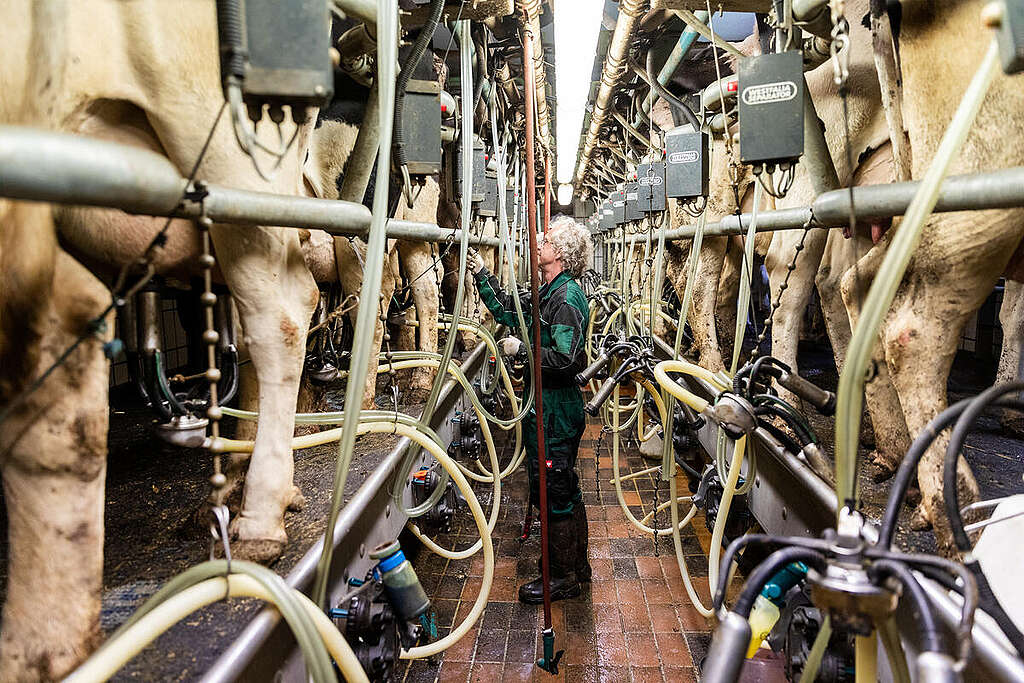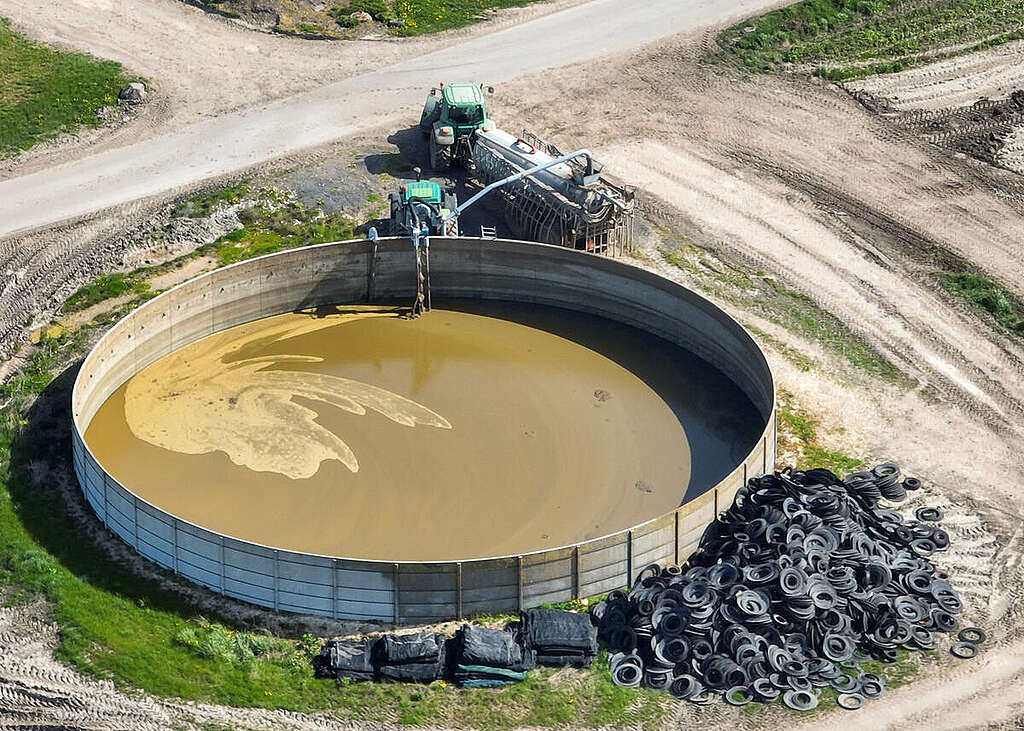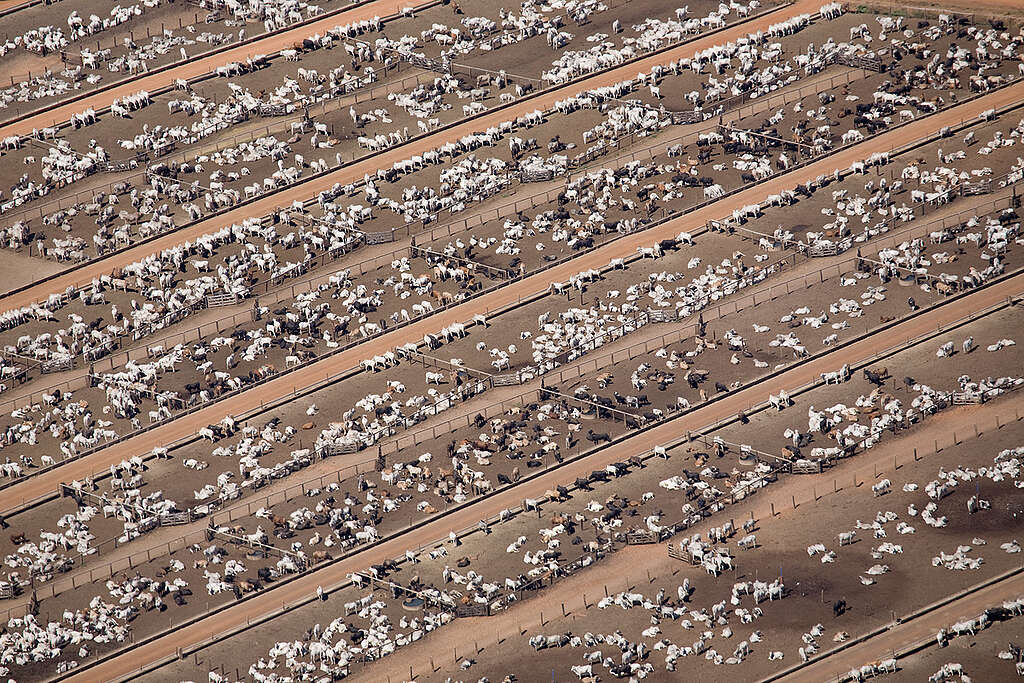Methane you said? Some of us associate methane with cows' farts and burps, and indeed a large chunk of methane emissions come from animal farming, cow dung and digestion. In fact, one of the Beatles has been one of the early advocates raising awareness about this as part of his broader environmental activism.

Methane is the ignored greenhouse gas we need to pay far more attention to
Methane is a potent greenhouse gas, 80 times more powerful than carbon dioxide (CO2 ) over 20 years. The concentration of methane is nearly 3 times higher than it was during the pre-industrial era, and methane emissions are rising faster than ever. While carbon dioxide is a well-known greenhouse gas that lingers in the atmosphere for centuries, methane's lifespan is shorter, it disappears from the atmosphere in only 12 years if we do not continue emitting it. But during that time, it heats up our planet faster than other gases and does a lot of damage to our climate.

This industrial method of fertilising is responsible for the destruction of local groundwater and marine environments. © Greenpeace
Methane is produced and released into the atmosphere during a cow's digestion. Burping is part of cows' digestive processes and as cows eat plants and break them down in their stomachs, methane is produced and released when cows burp. And a cow may burp every 90 seconds, which is a lot! Methane is also produced from large quantities of pig, cow and chicken manure. The more of these animals in one place, the more manure. Given the global scale of industrial meat and dairy production, emissions from the sector are substantial, and represent a huge problem for the climate and for all of us.
A win-win for animals, people and the climate
Global meat and dairy production is driven by a number of big companies and it keeps increasing. Reducing meat and dairy production is a crucial step in mitigating methane emissions, and limiting global heating – and the most effective way to do that is to significantly reduce the number of animals that are fed into the industrial machine and transition to a far better system for us, the animals and the planet.
Addressing methane emissions can slow down warming to combat catastrophic climate change. So we need to cut methane from both Big Meat and Dairy and Big Oil. While reducing methane emissions can slow down heating, it's also essential to phase out CO2 emissions, largely from fossil fuel use, to deal with climate chaos and stabilize the climate.

Industrial meat and dairy are leaving a trail of destruction across the planet and contributing heavily to the climate crisis, with methane emissions being a significant part of the problem. Drastically reducing the production and consumption of industrial meat and dairy - especially in wealthy, meat-eating countries - and putting an end to the cruel and environmentally destructive factory farming system is more urgent than ever. It's time to slow down warming by turning up the heat on big meat and dairy.
Jonathan Findalen is the Creative Lead at Greenpeace Nordic






